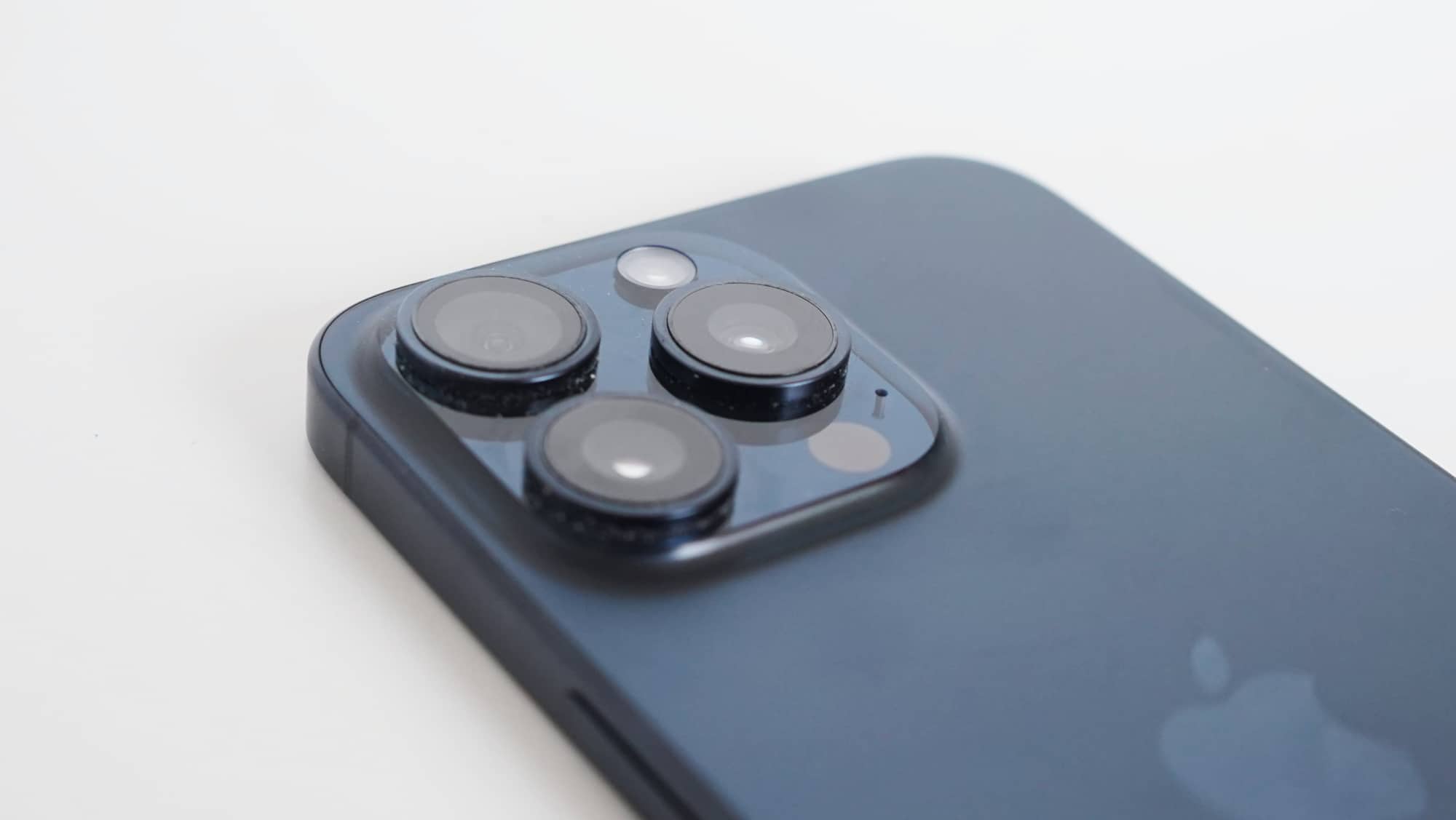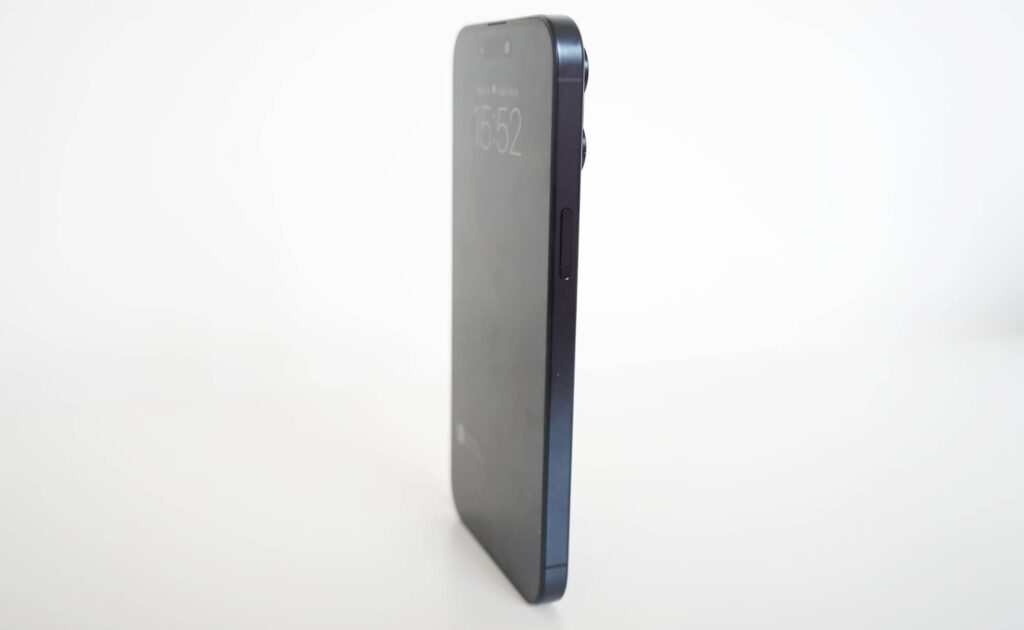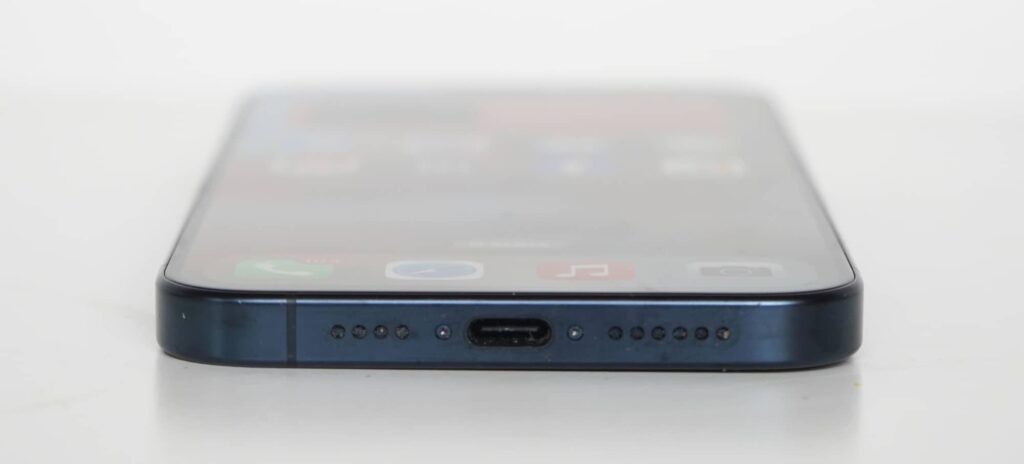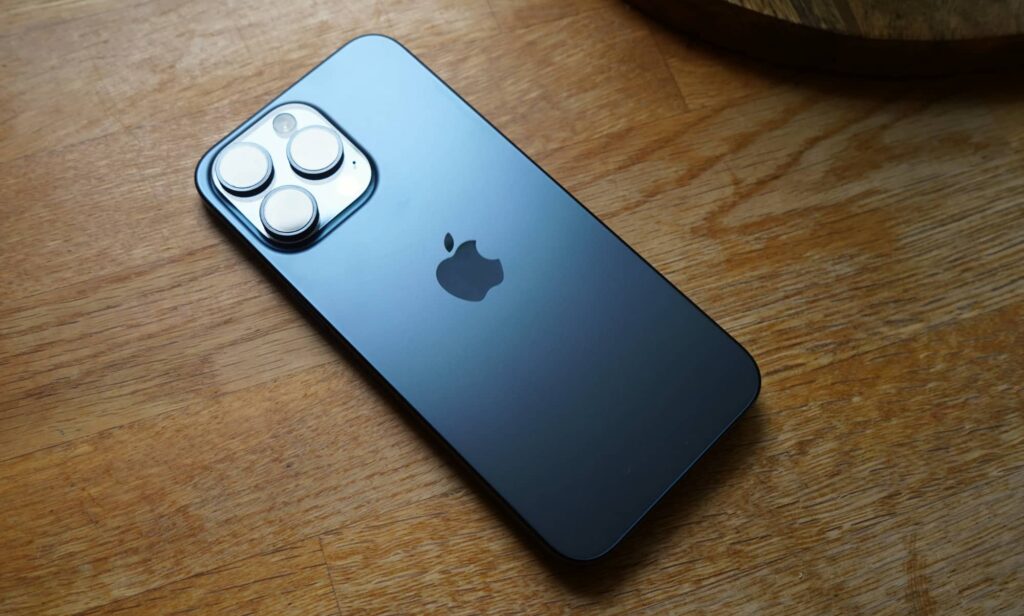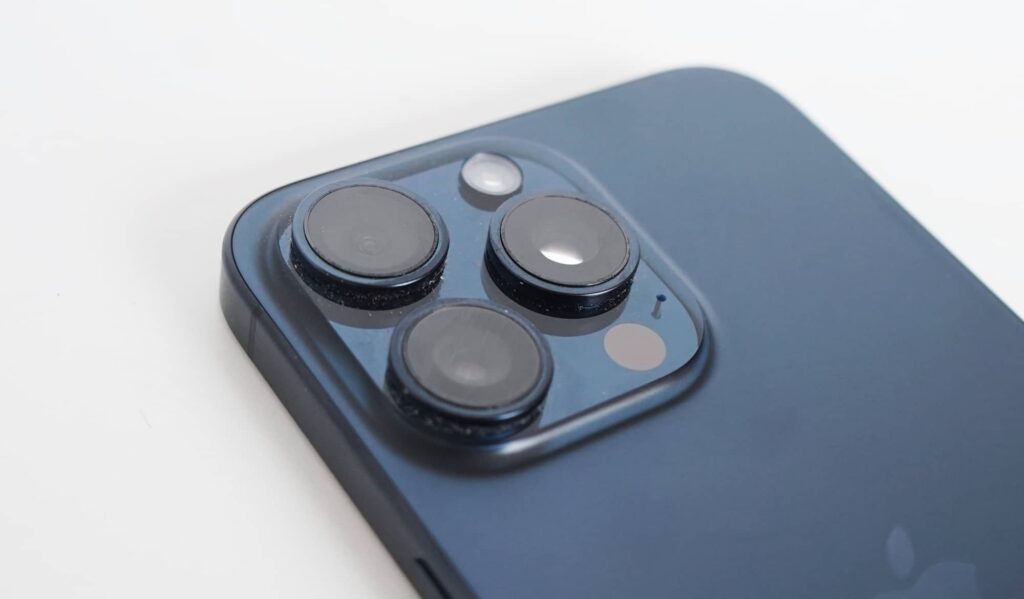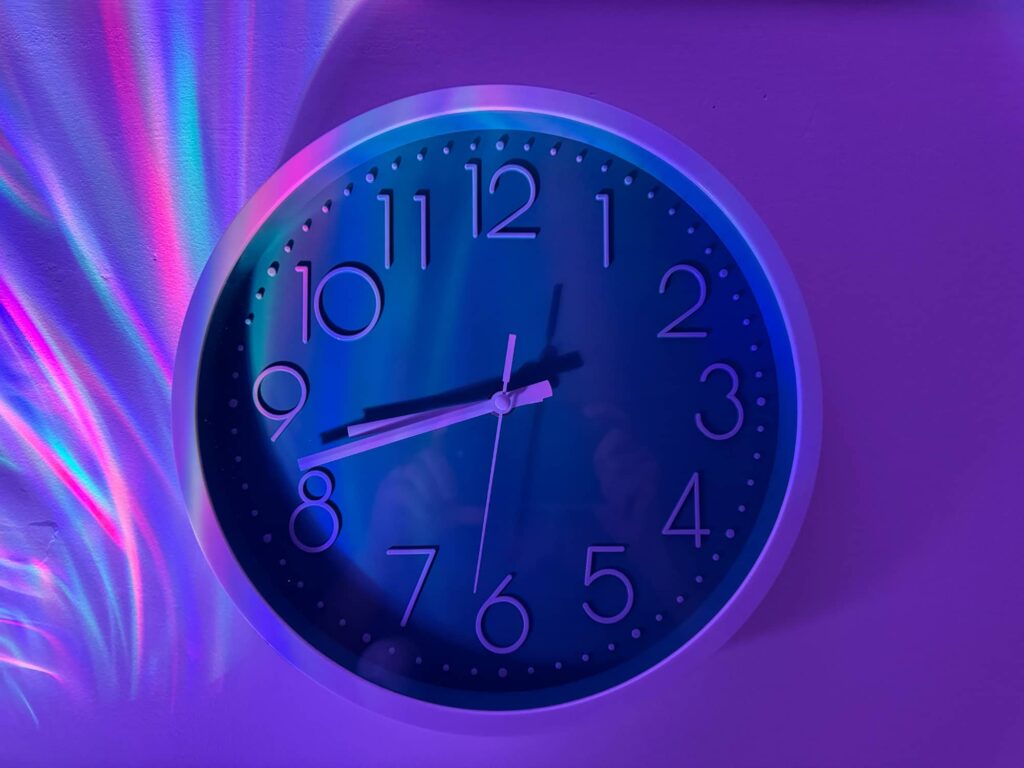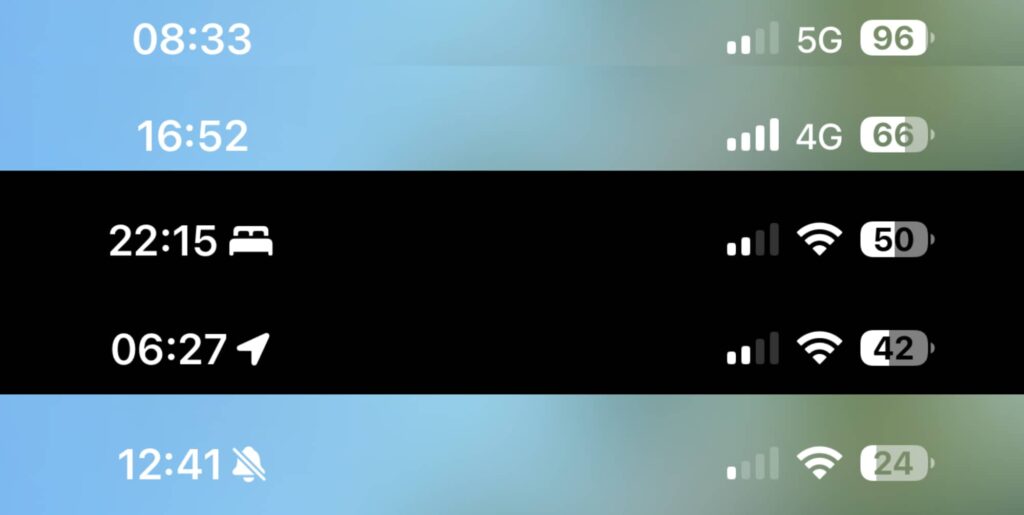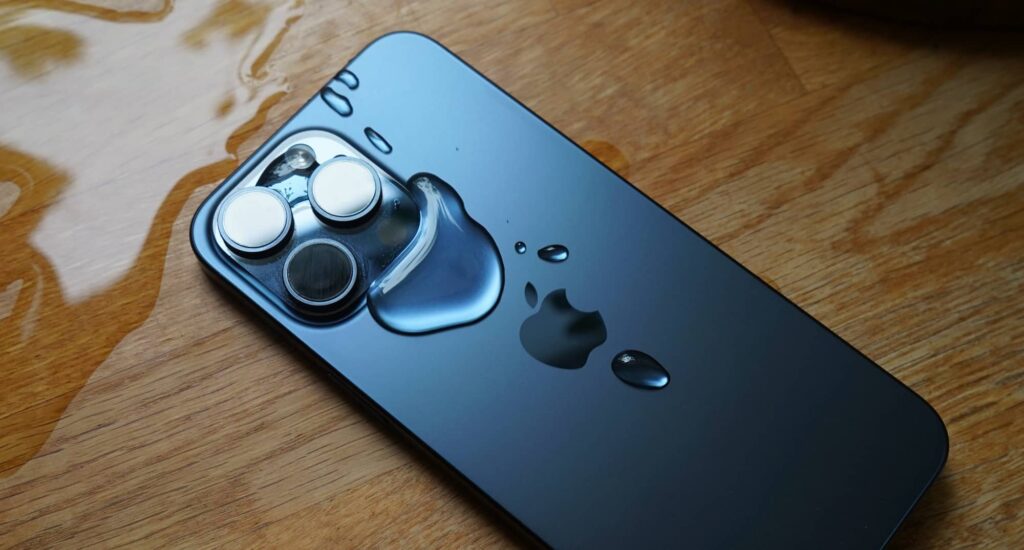Quick review
The good
The not-so-good
The latest big premium iPhone shows Apple still knows how to make the best phones better. What makes the iPhone 15 Pro Max stand out, and is it your next phone?
It’s rare to find someone who will update their phone each and every year. Ignoring the issue of cost, these days there just isn’t reason to.
A phone you buy today will very nearly last you for at least two years if kept in good condition, and possibly more. The feature sets are just so good, convincing someone that they need to update typically requires some solid convincing.
It could come from delivering a better camera, more capable hardware, or even the use of a standard charging port that’ll make you need only one type of cable from here on in.
Interestingly, Apple’s latest big premium phone has all of that in its latest model, as the iPhone 15 Pro Max gets better in the best ways possible. Not only is it faster, but it’s also lighter, more capable, and can be plugged into the EU’s standard, Type C USB.
Is it the best iPhone, and is it an iPhone worth upgrading to?
Design
A refinement of what has worked in the past, this year’s top iPhone model is the Pro Max, the biggest of the “pro” line with a design similar to previous pro models offering some minor refinement.
You’ll still find the premium metal frame around a glass front and back, but Apple has moved past a stainless steel band and replaced it with a more premium alloy: titanium.
Yes, it’s the same stuff they make aircraft and space shuttles out of, as well as what Apple is using on the Apple Watch Ultra 2. It’s even what Apple used to use on its PowerBook G4 computers, if you’re old enough to remember the titanium laptops.
Here on the iPhone 15 Pro Max, the titanium frame sees aluminium on the underside, but the look is all titanium, with a brushed look that doesn’t stand out in the way stainless steel did, and doesn’t pick up on fingerprint as much as steel, either.
It’s also lighter, shaving off 19 grams in the 221g iPhone 15 Pro Max, compared with the 240g iPhone 14 Pro Max last year.
Basically, the new iPhone Max is a more refined take on the old Max that also manages to weigh less. We’d call that a win.

Features
Inside, things have changed, as you’d no doubt expect they would.
There’s a new chip, as the A16 Bionic is replaced with the brand new A17 Pro, a point which suggests the standard iPhone 16 next year will likely see a model missing the “pro”. The A170 Pro is a 6-core CPU paired with the same number of graphics cores (six), plus the standard use of a 16-core Neural Engine, though it’s a new set of neural cores, because it’s a new chip and all.
The cameras have also been updated, with a new 48 megapixel sensor under the hood of the 24mm F1.78 main wide camera, accompanied by a 12 megapixel 13mm F2.2 ultra-wide and a new 12 megapixel 5X 120mm F2.8 telephoto.
That last one is pretty special, using a tetraprism design to throw in similar innards to how light gets bent from a larger SLR camera, making it unusual in phone cameras. Apple also includes a reference to a 12 megapixel 2X telephoto camera, though this uses the 48 megapixel sensor to crop the position down to 48mm, and isn’t technically a fourth camera.
You’ll find macro support in the stills cameras and slo-mo in the video, with 4K video support available in the rear cameras, as well, complete with Dolby Vision HDR and ProRes, should you need it. Enthusiast stills photographers will also find RAW support on the 15 Pro Max, as well.
Up front, there’s a 12 megapixel F1.9 autofocus selfie camera, and it has 4K video, Dolby Vision, and ProRes if you need it, as well.
Apple has also been updating the connection types, though you may not realise it. The Australian iPhone 15 Pro Max is locked to sub-6 5G making it work with 5G from pretty much every supported telco in the country. That’s not new, and is par for the course for every 5G iPhone in Australia.
What’s new is support for WiFi 6E, Thread, and a second-gen Ultra-Wideband technology that affords you more precision for finding things, such as other iPhone 15 models and the new Apple Watch Series 9.
Wired charging also changes, as Apple replaces the Lightning connector at the bottom of the phone with a Type C USB port. On the 15 Pro Max, that’s a USB 3 Type C port, providing faster speeds if you need them on data, though not necessarily on charging. You’ll want to check your power plug for that.
Apple is also supporting MagSafe and Qi charging, meaning magnetic wireless charging panels are supported on this phone, as are MagSafe wallets, cases, and more.
All of this comes under a 6.7 inch OLED screen running adaptive refresh rates as high as 120Hz, and supporting a resolution of 2796×1290. The screen is an “always-on” variety, which means it can show the time, wallpaper, and notifications without draining the battery too much, while the all-screen nature of the design means Apple has thrown the front-facing camera and Face ID tech under a small section that can change shape with the software of iOS, a feature known as the “Dynamic Island” which this year expands to the standard iPhone 15 models, as well.
The phone is rated for IP68 water resistance and supports all the regular things you’d expect, including Bluetooth, WiFi, GPS, NFC for Apple Pay, and more, with sensors covering proximity, LiDAR, barometer, and more.
Oh, and there’s also one new button, as the silent switch goes away and is replaced by the “action” button.
In-use
You can call it a new button, but it won’t likely change how you use the iPhone. Not by much, anyway. Not yet.
The new button is technically customisable, giving you feature controls to let you open the camera quickly, take a voice memo, turn on the torch, open accessibility functions, flip over to a focus mode, trigger a shortcut of your choosing, or just switch the phone to silent, much like you would with a silent switch.
We opted for the latter, and using it was just as easy as the old silent switch: hold the new action button down and the phone goes into silent mode. Hold it down again and it comes out.
It’s as easy as you’d expect an iPhone to be, even if it does mean you’re likely buying a new case to support it. You’d probably need to anyway.
Using the 15 Pro Max otherwise is just like it always has been: wake the phone from standby using your face, and control the phone with two hands.
Yes, the big iPhone is a big iPhone, but the reduction in weight also makes it easier to manage, even if it is still on the sizeable side of things.
Of course, there are reasons why the Pro Max is so big, such as having more room for a battery, a bigger camera, and a screen to flex the muscles of hefty apps and games.
Performance
Armed with that new A17 Pro chip, Apple’s fastest chip in a phone yet, you won’t be surprised to learn that the new iPhone 15 Pro Max is as fast as you need it and then some.
Benchmarks of this thing just fly off the shelves, throttling the previous model and almost doubling the output.
Needless to say, the iPhone 15 Pro Max is fast. It’s really fast. It’s so fast, you probably won’t know what to do with all that speed.
Fortunately, developers are working on apps and games for you to make short work of that speed, including console-quality games made specifically for the A17 Pro in the new phone.
Like we said, it’s a fast chip. It’s so fast, it may finally see mobile well and truly take on the likes of mobile gaming. Maybe maybe.
It’s a similar vibe in 5G, which sees high speeds on offer if your telco can dish them out.
Testing the iPhone 15 Pro Max on Telstra’s 5G network in Sydney, Australia, by way of Mate, we found speeds rocking as high as 470Mbps until Mate’s 5G speed cap kicked in, which brought us back down to under 300Mbps.
Still, that’s plenty fast for mobile speeds, and should cover image uploading, web browsing, music playback, video watching, and the odd face-to-face over your phone, be it using FaceTime or something else.
We still haven’t quite solved what 5G can be good for, but it’s plenty fast on the 15 Pro Max, that’s for sure.
Camera
The other obvious update is that of the camera, though it’s only really obvious if you look under the hood.
Upon first glance, the triple camera layout of the iPhone 15 Pro Max looks identical to the three camera setup on the 14 Pro Max before it, and the 13 Pro Max before that, and yes, even the 12 Pro Max before it. Three cameras in this style seem to be normal for Apple.
But this iPhone is different from the ones that came before it, not just because the sensor has been updated to support 12, 24, and 48 megapixel images. Rather, it’s different because you get more zoom in a style clearly inspired by larger cameras.
For the telephoto camera, the 15 Pro Max gets a 5X camera that bends light around a tetraprism, which sound like jargon and may as well just read as “longer zoom in a slim body”. That is what you get, and it’s distinct to the 15 Pro, which only gets a 3X camera, like what was in the 14 Pro before it.
So the 15 Pro Max is special because of its unusual cameras, at least on paper. Does it stand up in reality?
Mostly, yes.
You wouldn’t expect Apple to release something untested, and in almost every image we shot, the results from the 15 Pro Max were excellent.
Images across all three cameras stand out, though the main 48 megapixel camera is the real star of the show, delivering sharp imagery and brilliant colours.
We’re still in love with the macro mode on the Pro-model iPhone, and it really lets you get up close and personal with details in every day life. The standard iPhone models do not offer macro, and this little addition is one more reason why you should consider the 15 Pro Max over the standard 15 or 15 Plus.
Zooming in with the 2X of main camera feels natural and we doubt many will be able to tell that it’s a crop, while the 5X can deliver handy shots with a little more range, as well.
Portraiture is where the 5X can feel a little rusty by comparison. In 1X and 2X, the portrait shots from the 15 Pro Max are as stellar as they’ve ever been, with more detail and image quality delivered from that new sensor at both day and night. Yes, solid portraits with blurry backgrounds are possible in more lighting. Fantastic.
Using the 5X camera for portraiture didn’t feel as trustworthy, though, possibly because you’re a little too close and affecting composition, but also because it can feel slower to fire, often getting blur in the shot.
You may need practice with the 5X in portrait mode, though Apple has made some really positive changes in iOS 17 for the new phones: always-available portrait mode.
Specifically, you’ll be able to capture pictures of people in the regular “photo” mode and change the images to portraits later on, using intelligent software analysis to blur the background. It’s a little like being able to extract a subject in the foreground of a photo, a feature Apple rolled out in an earlier version of its operating systems, except applied to backgrounds in photos.
And it’s handier than you think it will be, adding to the excellent performance and capabilities of this handset.

Battery
All that performance mightn’t get you an extraordinarily impressive battery life, though, with the iPhone 15 Pro Max typically needing a charge nightly.
In several tests, we found the more you used that excellent hardware, the more it yearned for a charge, with roughly 4-ish hours of screen time requiring a charge, though the phone itself could hit 24 hours and a little longer if need be.
One test saw our regular intermittent use test see roughly 2-3 hours of screen time throughout the course of a day, all while using wireless earphones in the morning and night, browsing email, surfing the web, taking photos, and generally using the complex device that we call a “phone”. That test resulted in roughly 36 hours of life for the iPhone 15 Pro Max, giving you the feeling that it can make it into the next day if you had to, though we expect most people will want to charge the handset every night.
Even if the battery isn’t a leap ahead, Apple’s move to USB C is a huge win for consumers, giving them one more easy way to get their phone charged.
The first time we plugged in the 15 Pro Max to a Type C cable for charge, we marvelled as to how easy it was. This is the way it should be, and finally is.
Sure, every iPhone owner had Lightning cables because they needed them. But now that Apple’s phones support the standard, charging is anywhere and everywhere. It doesn’t matter if your battery is running down, because a charger will be within reach. This is the way.
Value
What may not be “the way” is the price, which is also way expensive. Starting from $2199 in Australia, it may well be one of the most expensive phones in 2023.
That’s not to say the iPhone 15 Pro Max isn’t worth the cost. It’s a great phone and comes decked in premium materials and a premium finish, but it’s just very pricey.
Given the hardware inside, the titanium casing, the combination of high-end glass front and back, the 5X camera, and some features no other phone in its class has really been equipped with, such as the handy always-on variable refresh rate screen and dedicated action button, the iPhone 15 Pro Max may well deliver a decent value for buyers who want the best iPhone they can find. Which is what this is.
The iPhone 15 Pro Max is arguably the best iPhone around. It has the best of everything. It’s just also high-priced.
If the price doesn’t bother you, it’s a pretty easy argument in favour of the phone.
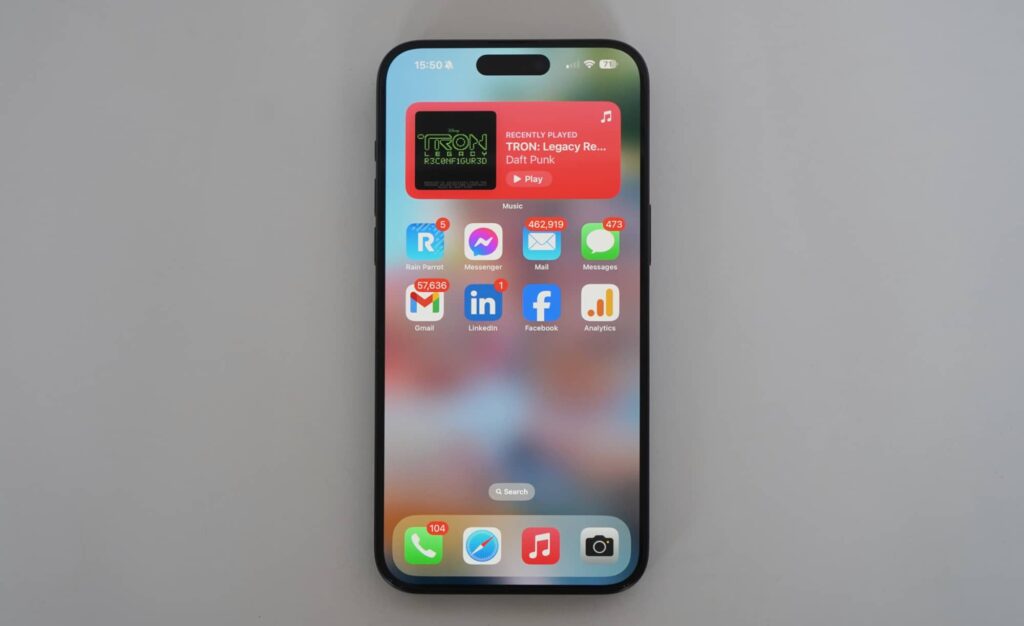
What needs work?
As expected, that price is one of the aspects of the 15 Pro Max that could frustrate, but it’s worth keeping in mind very little about the phone does.
It’s pricey, sure, but Apple has made solid strides to make the Max better. The phone is just as durable, yet somehow lighter, and it still comes packing the tech. This is a great phone.
So what needs work?
As capable as that camera is, there were times where we found the 5X telephoto just wasn’t as effective or useful as the 3X seen in the previous models, and seen in the iPhone 15 Pro sans-Max.
Yes, you can get a little bit closer with the 5X camera of the 15 Pro Max. That’s an important part to help this phone’s camera stand out just that little bit more.
However, in our testing, we found the portrait shots taken via the 5X camera weren’t always as easy to control or as effective. It can still handle them, but we found ourselves capturing using the 1X or 2X of the main 48 megapixel camera instead of the 5X 12 megapixel camera. It gets you closer, but that’s not always as useful or easy to control.
This could be a software thing, of course. In trying to capture images of the moon with the 5X telephoto if only to see whether Apple was manipulating the results the way Samsung does with AI (it wasn’t), we quickly found out that the built-in camera app from Apple wasn’t able to be controlled to capture a bright moon, but Lightroom was.
That’s both good and bad: it’s good that a more controlled camera app can get the shot that Apple can’t, but it’s a touch frustrating that Apple’s app just doesn’t handle brightness control as well as others. We doubt many enthusiasts will download an extra app just to try, but if they want a moon-shot on an iPhone 15 Pro Max, they’ll need to.
Unfortunately, as neat an inclusion as the 5X camera is, it does seem to have similar teething issues to Samsung’s inclusion of similar high-range focal lengths. The good news is that this is a start and it will all get better, but right now, the 5X is handy to have, just not a total game-changer.
That could change in time, of course. Apple is known to release updates regularly that unlock new features and improve others, so we wouldn’t be surprised to come back later and find the 5X marvellously changed.
Final thoughts (TLDR)
Even if the 5X isn’t remarkably useful for every situation, it still adds to an excellent phone that is impossible to miss.
Easily one of the best phones of the year, the iPhone 15 Pro Max may well be Apple’s best phone to date. It not only comes packing more features, it does so in a body that’s as big as it ever was and yet somehow lighter. What an achievement.
The price will definitely hold some people back, because at over $2K, this is not an inexpensive phone. Not by a long shot. But we’re talking about a premium phone that really delivers.
If what you want is the best iPhone around, you owe it to yourself to look at the iPhone 15 Pro Max. It’s stellar in nearly every way.



